
AeroGenie — Your Intelligent Copilot.
Trending
Categories
FAA Mandates Inspections of Boeing 787 Over Water Leak Concerns
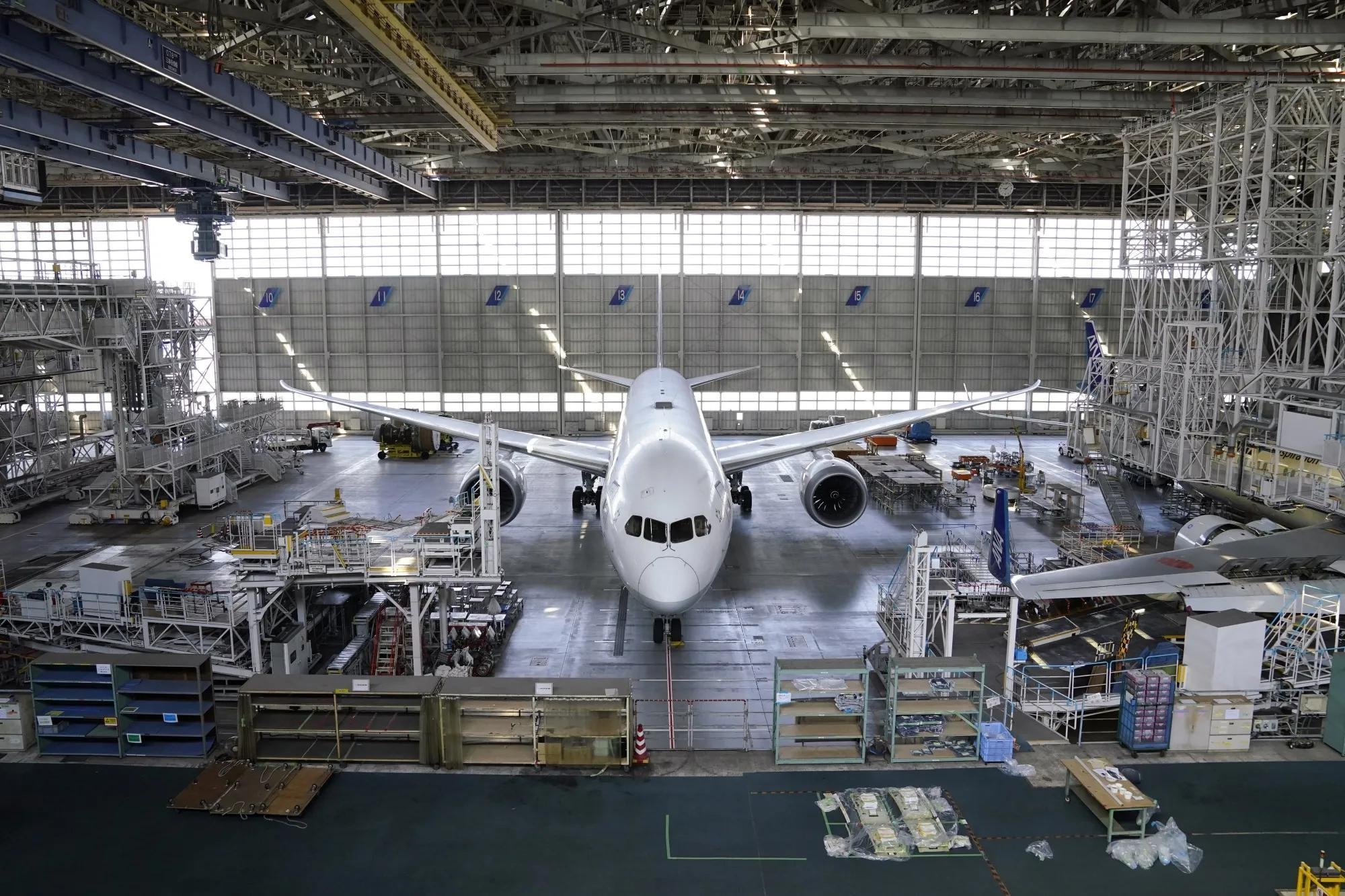
FAA Mandates Inspections of Boeing 787 Over Water Leak Concerns
The Federal Aviation Administration (FAA) has issued a directive requiring comprehensive inspections of Boeing 787 Dreamliner aircraft following reports of water leaks that could potentially compromise the safety and integrity of the planes. This move comes after several operators reported incidents where water intrusion was detected in critical areas of the aircraft, raising concerns about corrosion and electrical system malfunctions.
Details of the Inspection Directive
The FAA’s Airworthiness Directive mandates that all operators of the Boeing 787 conduct thorough examinations of the aircraft’s fuselage and associated systems to identify any signs of water ingress. The inspections are to focus on areas around the aircraft’s windows, doors, and other structural joints where seals may have deteriorated or failed. The agency emphasized the importance of timely compliance to prevent any escalation of damage that could affect flight safety.
Boeing has acknowledged the issue and is collaborating closely with the FAA and airlines to address the problem. The manufacturer has indicated that it will provide updated maintenance guidelines and support to ensure that the inspections are carried out effectively. Airlines operating the 787 have been advised to prioritize these inspections during routine maintenance schedules.
Implications for Airlines and Passengers
While no incidents directly linked to the water leaks have resulted in accidents or injuries, the FAA’s directive underscores the critical nature of the issue. Airlines may experience temporary disruptions as aircraft undergo the required inspections and any necessary repairs. Passengers are advised to stay informed through their carriers regarding any potential changes to flight schedules.
The FAA continues to monitor the situation closely and has pledged to take further action if additional risks are identified. This directive reflects the agency’s commitment to maintaining the highest standards of aviation safety and ensuring that emerging issues are addressed promptly.
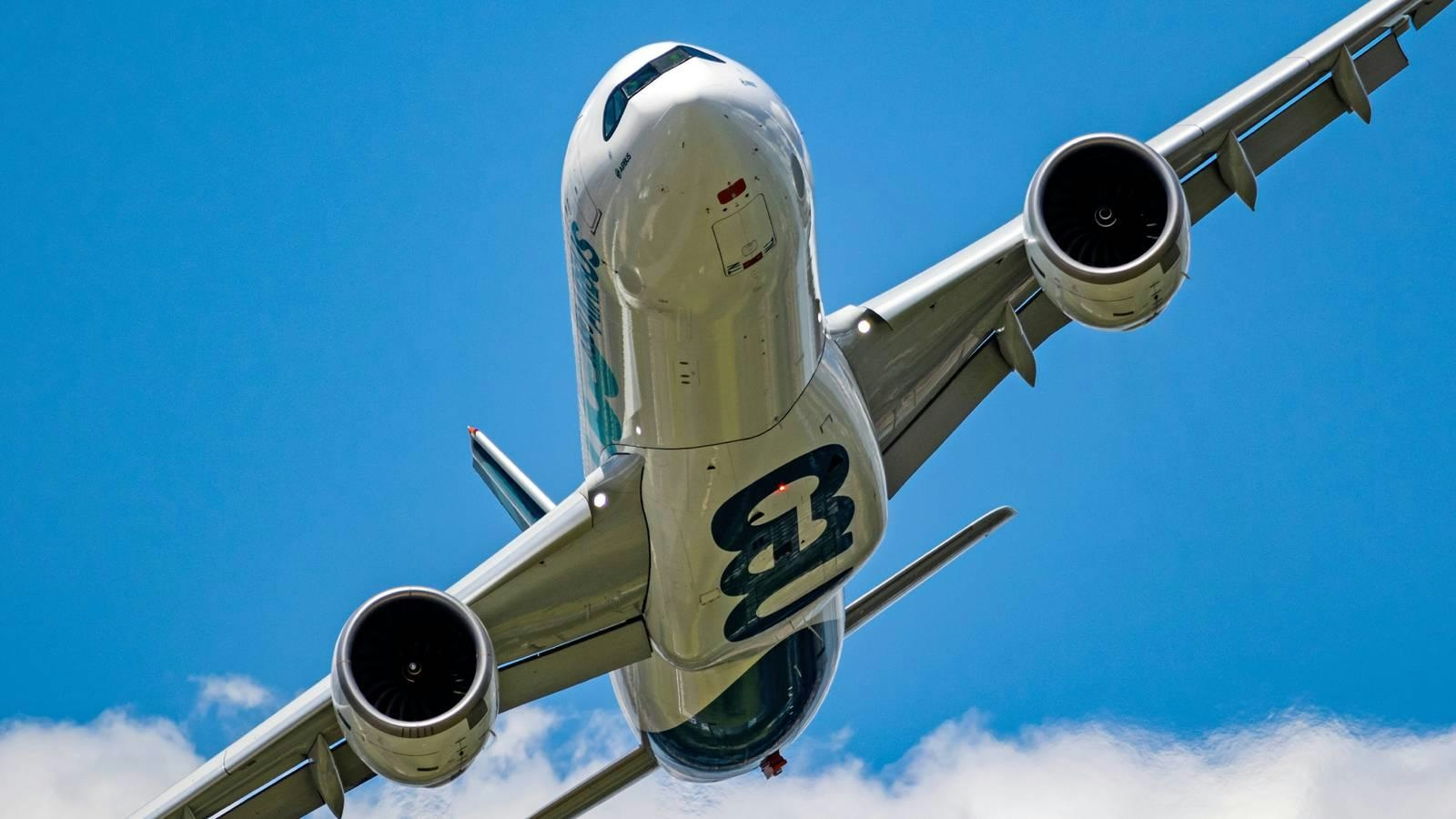
Why Is the Airbus A330neo Limited to a Single Engine Type?
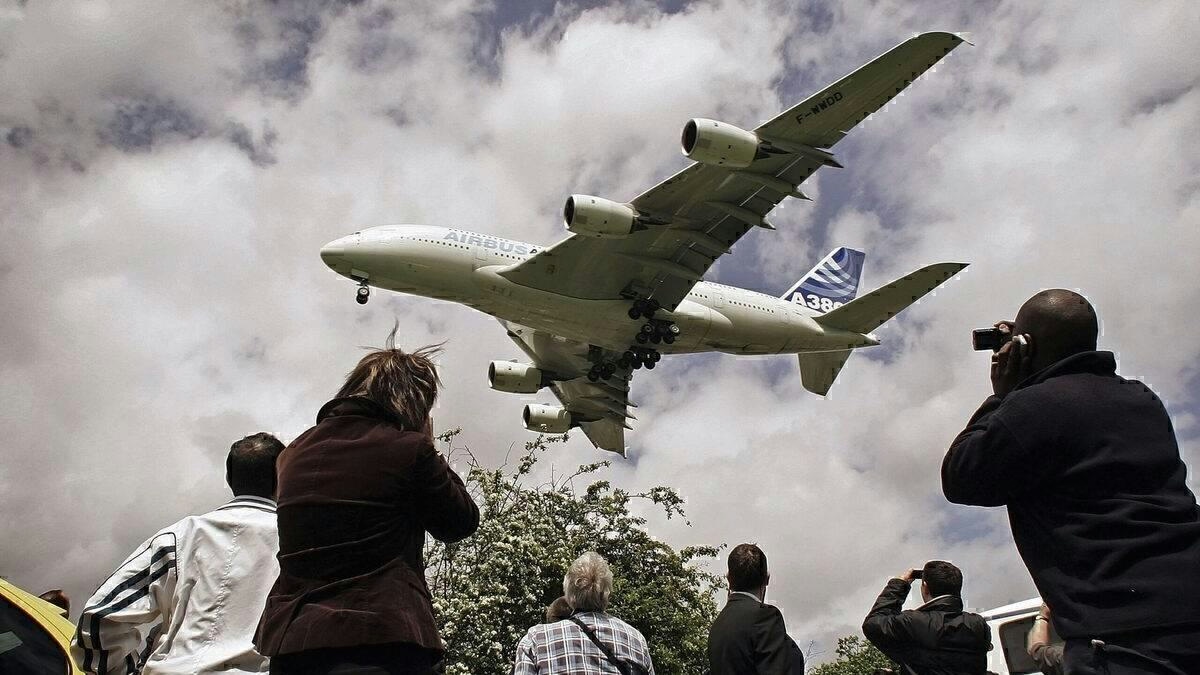
FedEx Cancels Airbus A380 Order

Why AI Hasn’t Transformed Flight Booking
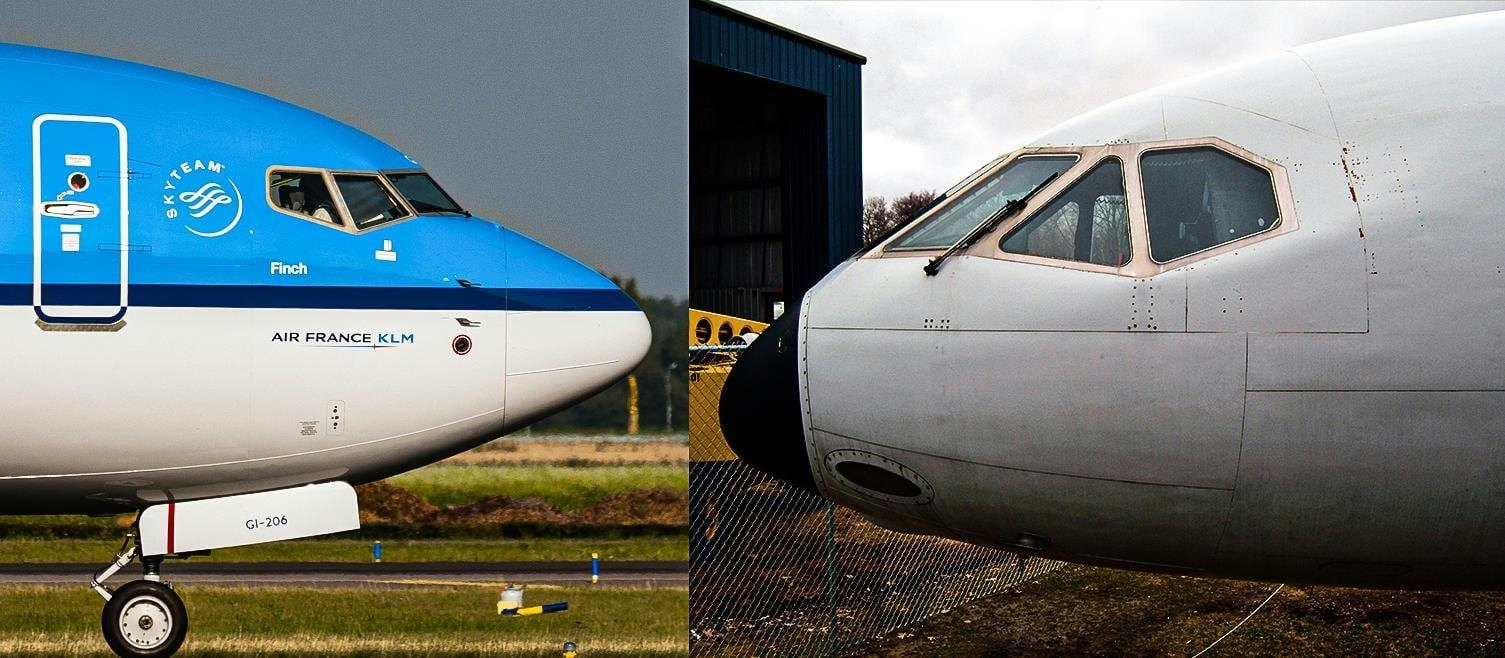
Why Are Boeing Aircraft Noses More Pointed Than Airbus?
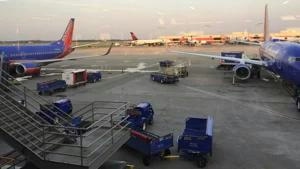
Digitizing the Aviation Supply Chain: Moving Beyond Outdated Practices

Air Astana Signs Agreement for Up to 50 Airbus A320neo Jets

East London students explore aviation innovation at LCY STEM event

Archer’s Air Taxi Fails to Fly at Dubai Airshow
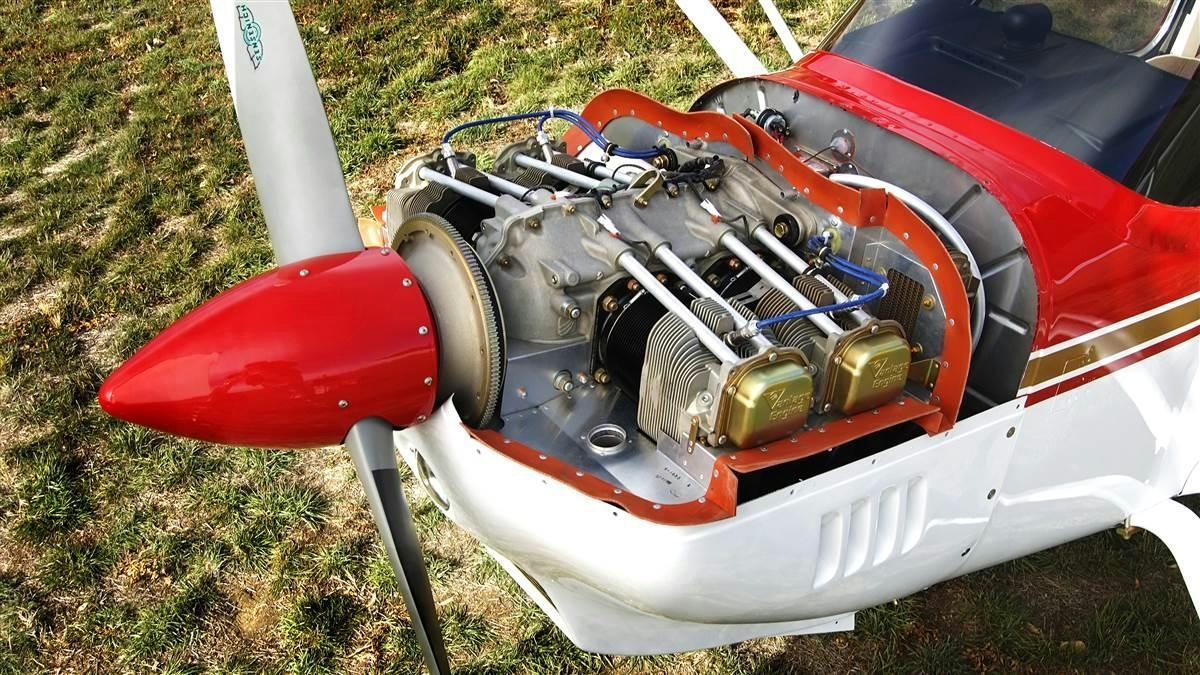
New Course on Airplane Engine Operations Launched
